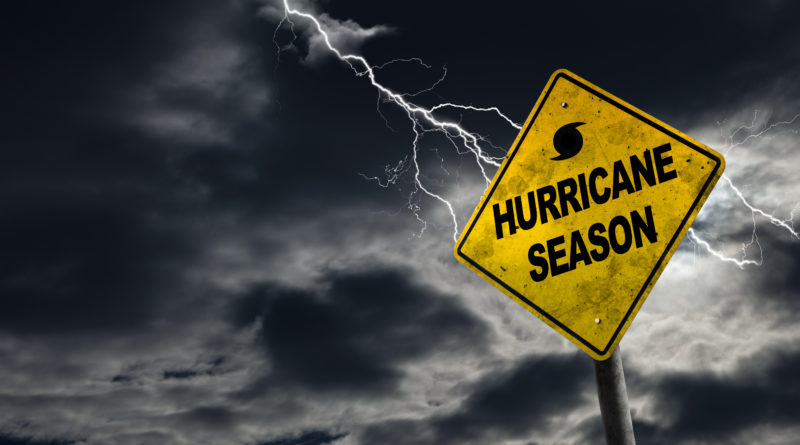What Should You Know About The Unusually Active Hurricane Season?
8,102 total views, 1 views today
It’s currently the peak of hurricane season, and for the first time since the 1971 hurricane season, the Atlantic Ocean has five active tropical cyclones. Forecasters now expect 28 storms this season, which would tie the record for most storms in a season with 2005’s hurricane season previously set. If you’re wondering whether you should be concerned about this unusual amount of activity, get to know the unusually active hurricane season of 2020 below.
Hurricane Paulette
Hurricane Paulette arrived on Monday in Bermuda as a Category 1 storm with 100 mph winds. Paulette strengthened to a Category 2 storm as it moved north away from Bermuda, and all hurricane watches and warnings were discontinued as the storm left the country. Now, Paulette is projected to turn south in the Atlantic. Forecasters predict the storm will not impact any other land.
Hurricane Sally
On September 16, Hurricane Sally was the first hurricane to make landfall in Alabama since Hurricane Ivan in 2004. Sally arrived at 4:45 a.m. on the Gulf Shores as a Category 2 hurricane with a wind speed of 105 miles per hour. To date, the hurricane has caused at least three deaths. One person died during the storm’s landfall on Dauphin Island, Alabama. Two others were killed by falling trees as the storm moved over Atlanta, Georgia.
Hurricane Sally drenched Alabama and Florida with more than two feet of rain in some areas. Approximately 400,000 homes and businesses remain without power after Sally left coastal Alabama and Florida in ruin.
By late Thursday night, Sally was moving over Virginia and had transitioned to a tropical rainstorm. The National Hurricane Center (NHC) predicted moderate river flooding, which prompted flash flood warnings.
Tropical Storm Teddy
As of Friday morning, Hurricane Teddy was the strongest active storm with maximum sustained winds of 140 miles per hour. Teddy will pose a threat to Bermuda early next week and is currently located 800 miles from the island. There is some uncertainty about the potential impacts, but the NHC advises that Bermuda should monitor the forecast closely and prepare for the potential of another hurricane strike. Forecasters predict that after Teddy impacts Bermuda, it may strike Atlantic Canada or northern New England later next week.
Tropical Storm Vicky
Tropical Storm Vicky, which formed on Monday, weakened to a tropical depression approximately 1,000 miles west-northwest of the Cabo Verde Islands on Thursday afternoon. The cyclone is forecasted to dissipate tonight or early tomorrow, September 19. The NHC said that the storm would be short-lived and has been predicted not to impact land anywhere.
Tropical Depression Rene
Tropical Depression Rene spent its short life deep in the mid-Atlantic and far from land. The storm finally dissipated for good on Monday afternoon.
After the naming of Tropical Storm Vicky on Monday morning, the last name on the 2020 Atlantic hurricane season list is Tropical Storm Wilfred. On Friday morning, Wilfred was approximately 630 miles west-southwest of the Cabo Verde Islands and was moving west-northwest at about 17 miles per hour. The NHC predicted that the storm would weaken over the weekend.
To name additional storms, the NHC will use the Greek alphabet instead of the English alphabet. This alphabet transition has only occurred once since the NHC started naming storms in 1953. Not long after the NHC announced they would use the Greek alphabet, subtropical storm Alpha formed near Portugal. Currently, Tropical Depression 22 is brewing in the Gulf of Mexico – and there are still over two months left in hurricane season.

